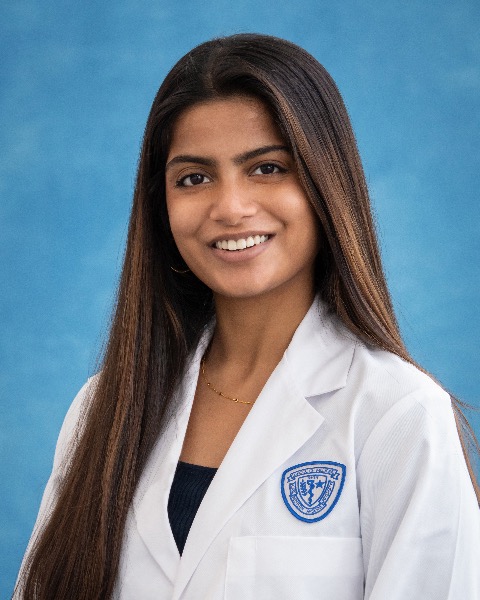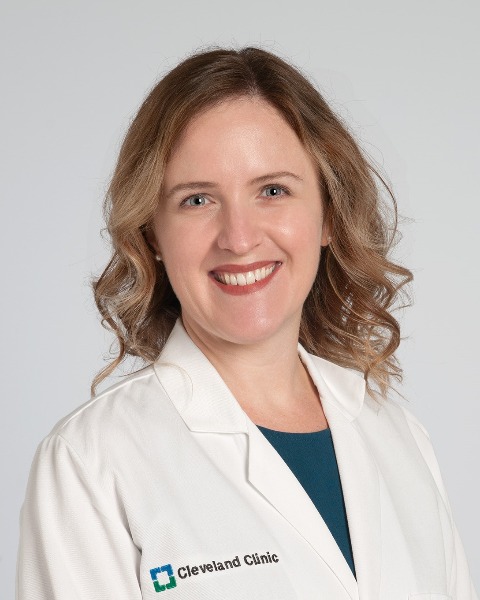SIR 2025
Venous Interventions
Scientific Session
Does IVC filter type predict filter tilt and complexity of subsequent retrieval? A 10-year, single-institution experience
- DH
David Han (he/him/his)
Medical Student
Case Western Reserve University School of Medicine University Program, United States 
Manisha Naganatanahalli, MD
Medical Student
Case Western Reserve University School of Medicine, United States- DD
Deven Desai, BA
Medical Student
Case Western Reserve University, United States - JB
Jennifer Bullen, MS
Quantitative Health Sciences
Cleveland Clinic Foundation, United States 
Jennifer Montgomery, MD, PhD
Staff, Interventional Radiology
The Cleveland Clinic Foundation, United States- IH
Ihab Haddadin, MD
Staff Physician
Cleveland Clinic Foundation, United States - AL
Abraham Levitin, MD
Staff
The Cleveland Clinic Foundation, United States 
Justin J. Guan, MD
Associate Staff Physician
Cleveland Clinic, United States
Presenting Author(s)
Author/Co-author(s)
To investigate whether inferior vena cava (IVC) filter type predicts filter tilt and difficulties during subsequent retrieval requiring advanced retrieval techniques.
Materials and Methods:
An IRB approved retrospective review was conducted on 928 IVC filter retrievals that were placed and removed at a single academic institution from 2013-2024. Patients had a median age of 62 yrs (IQR 53-70) and were 52% male. Variables investigated include indications for filter placement/retrieval, type of filter placed, retrieval technique used, retrieval procedure time, fluoroscopy time, and fluoroscopy dose. Tilt angles from single-plane fluoroscopy images were calculated at placement and retrieval. Any complications were noted. Further analysis was subsequently performed comparing rate of advanced retrieval techniques (ART) between Denali (Bard Medical, Murray Hill, NJ) (D), Celect (Cook Medical, Bloomington, IN) (C), and OptionElite (Argon Medical Devices, Plano, TX) (OE) filters, which were the institution’s most used filters in recent years. Kruskal-Wallis test, Fisher’s exact test, and Holm’s method were used to compare between filters.
Results:
12 different filters were included in the study, the most common being OE (n = 273) while the least common was Optease (Cordis, Hialeah, FL) (n = 1). Most common placement indications were preoperative prophylaxis (36%), active bleeding (30%), or recent surgery (25%), while the most common reasons for retrieval were recovery from surgery (61%), resolution of bleeding (21%), or resolution of thrombus (10%). 98% of filter retrievals were successful. 63% of retrievals used a basic technique, while 37% used an ART. Compared to C and OE, D had a smaller median placement tilt (4.3, 3.4 vs 2.6°; p < .001, p = .016) and retrieval tilt (4.1, 4.2 vs 2.6°; p < .001 for both), required ART less often (40%, 54% vs 20%; p < .001 for both), and was associated with shorter median procedure time (32, 38 vs 26 min; p < .001 for both) and fluoroscopy time (6.0, 6.8 vs 4.6 min; p = .003, p < .001). Compared to OE, D had a lower complication rate (7% vs 2%; p < .042). Compared to OE, C required ART less often (54% vs 40%; p = .003) and was associated with shorter median procedure time (38 vs 32 min; p = .003).
Conclusion:
Denali appears to require the lowest rate of ART, and is associated with the shortest procedure time, fluoroscopy time, and complication rates compared to Celect and OptionElite. Compared to OptionElite, Celect was associated with lower rates of ART and shorter procedure time. Further prospective, controlled, multi-center studies are needed to confirm the findings of this study.


.jpg)